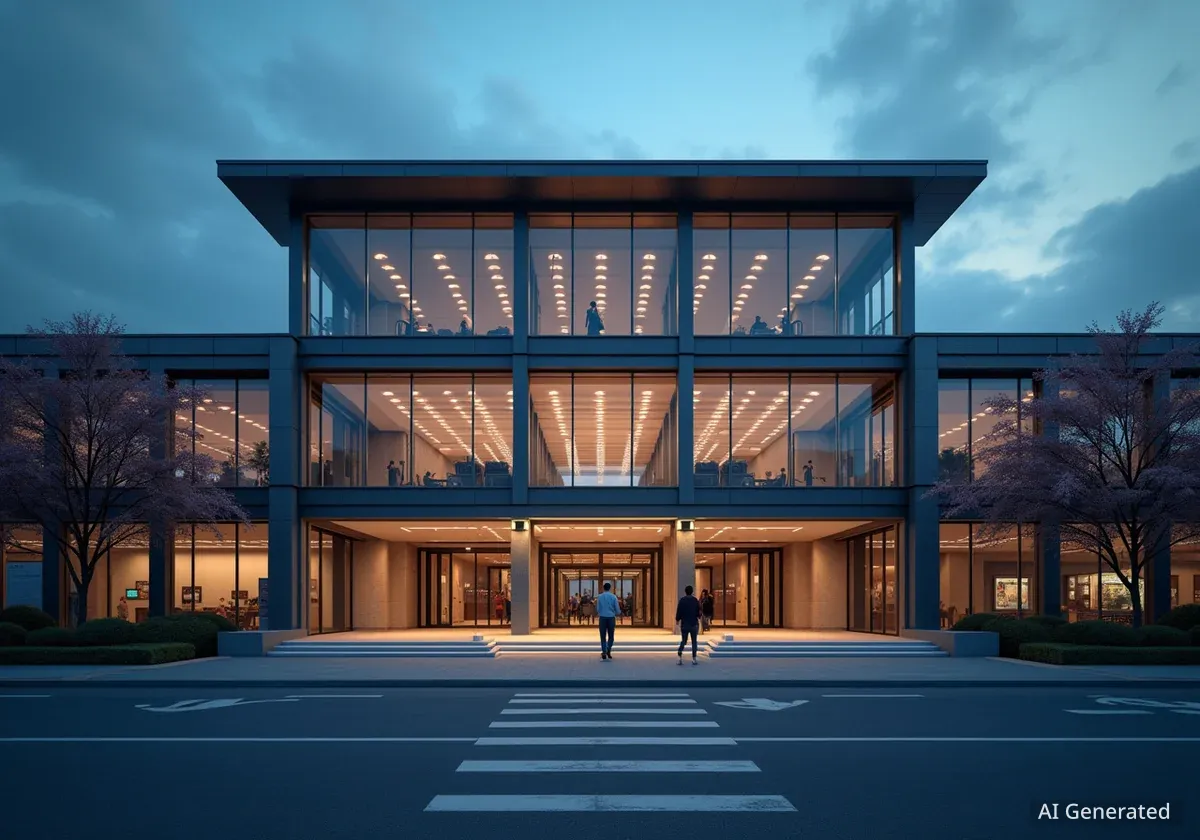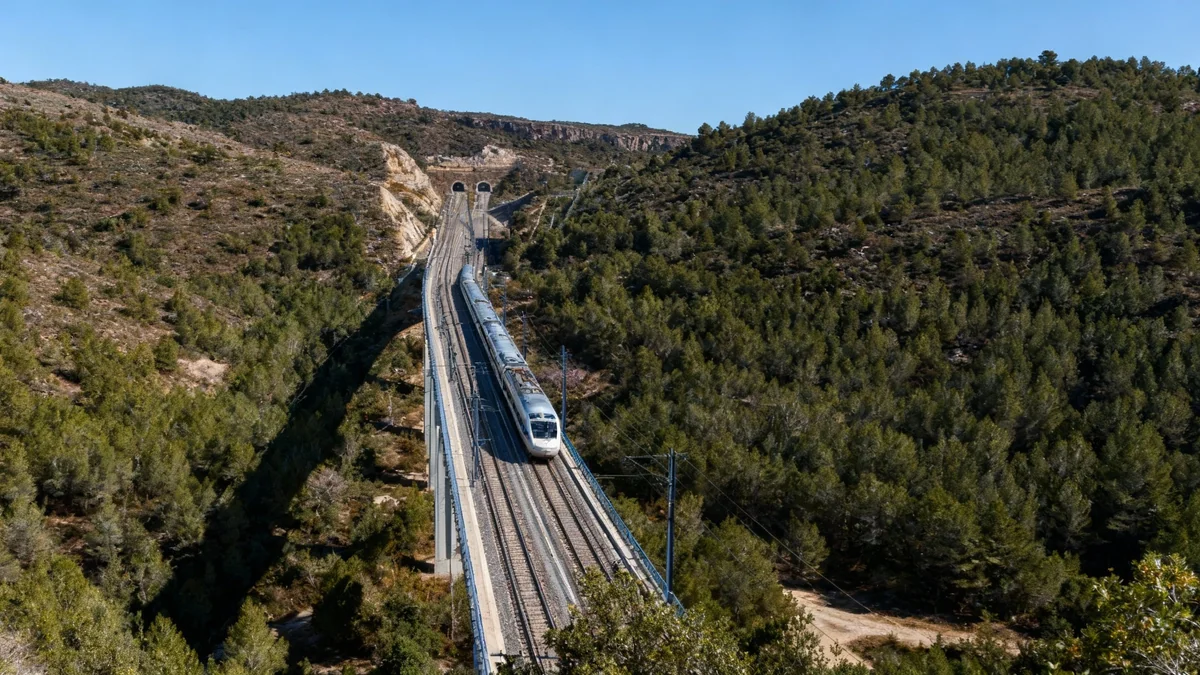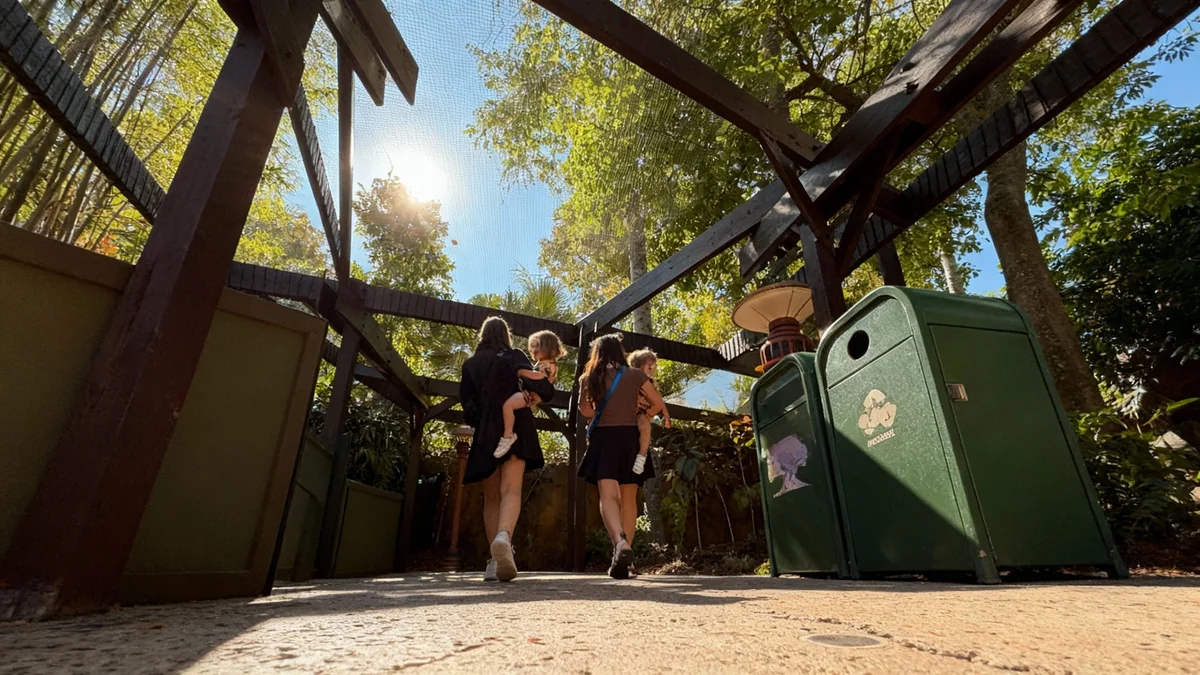Work to restore the Thurgood Marshall monument at Lawyers Mall in Maryland has been temporarily stopped. Officials cited issues with a "securing compound" essential for attaching a set of columns. This pause comes after restoration efforts began last month on the prominent memorial honoring the first Black justice on the U.S. Supreme Court.
The monument, a significant landmark, has faced several challenges in recent years, including previous removals and damage. The Department of General Services (DGS) is overseeing the current restoration project.
Key Takeaways
- Restoration of the Thurgood Marshall monument is paused due to issues with a column securing compound.
- The Department of General Services expects work to resume within a month, weather permitting.
- The monument has undergone previous removals and repairs due to construction and structural cracks.
- New columns have been fabricated, and engravings around the statue are being enhanced for better legibility.
Restoration Efforts Encounter Unexpected Issues
The reconstruction of the Thurgood Marshall memorial, located in Lawyers Mall, began in earnest last month. Scaffolding was erected around the bronze statue of the Maryland native, signaling the start of the project. However, the work quickly came to a halt.
According to Brandon Stoneburg, a spokesperson for the Department of General Services, contractors identified problems with the materials intended for the columns. "The contractor has mobilized and begun reconstruction efforts," Stoneburg stated in an email. "However, during the initial phase, issues were identified with the securing compounds specified and purchased for the columns."
This discovery led state officials and their team to make the decision to pause the work. Stoneburg did not provide further details on the specific nature of these issues. He confirmed that the department is actively collaborating with partners and material suppliers to resolve the problems.
Monument Fact
The Thurgood Marshall monument, dedicated in 1996, features an 8-foot bronze statue of Marshall. It also includes bronze figures of Donald Gaines Murray and two children from the Brown v. Board of Education case, seated on benches.
Timeline for Resumption and Completion
Despite the current pause, officials are optimistic about completing the restoration in a timely manner. Stoneburg indicated that once the material issues are resolved, and assuming favorable weather conditions, construction could be finished within a month.
"Our goal is to ensure that Lawyers Mall is fully restored and ready to welcome advocates, legislators, and the public to its full potential," Stoneburg emphasized.
The cost of the restoration work has not been publicly disclosed at this time. The DGS did not make staff available for an interview to elaborate on the details of the project or the issues encountered.
A History of Challenges for the Memorial
The Thurgood Marshall memorial has experienced several difficulties since its original dedication in 1996. Designed by Maryland artist Toby Mendez, the monument's central feature is the bronze statue of Marshall. Mendez incorporated elements of the Department of Legislative Services Building, once the Maryland Court of Appeals where Marshall argued the significant Murray v. Pearson case.
This landmark case led to the desegregation of the University of Maryland School of Law. Six columns stood between the building and Marshall's statue, creating the visual impression of Marshall on the steps of a courthouse. Above these columns, an entablature bears the inscription "Equal Justice Under Law." Important dates from Marshall’s career are also inscribed in a circle on the mall pavement at his feet.
Marshall's Legacy
Thurgood Marshall was a pivotal figure in American legal history. As a lawyer, he successfully argued the landmark Brown v. Board of Education of Topeka case before the Supreme Court. This ruling overturned the "separate but equal" doctrine established by Plessy v. Ferguson, paving the way for school desegregation nationwide. He later became the first African American Supreme Court Justice.
Previous Disassembly and Damage
The memorial was first disassembled and removed in 2018. This was necessary to allow for utility work beneath Lawyers Mall. Parts of the monument, specifically the columns and entablatures, were stored during this period, according to Chris Kintzel, director of the Maryland Commission on Artistic Property.
The Commission is responsible for the bronze statue of Marshall and the figures on the benches. However, the columns, entablature, and other structural features fall under the Department of General Services.
"It’s not exactly like art hanging on a wall," Kintzel noted, highlighting the complexity of managing such a large-scale public artwork.
The bronze statue was temporarily moved to the entrance of the Robert C. Murphy Court of Appeals Building. The entire memorial returned to Lawyers Mall in late 2020 and was rededicated in 2021.
Discovery of Cracks and Subsequent Removal
Just a year after its rededication, the columns and entablature had to be taken down again in 2022. This removal followed the discovery of significant cracks. "The colonnade which serves as the backdrop to the Thurgood Marshall statue in Lawyers Mall was disassembled when concerns over certain cracks were deemed to be a potential safety risk," Stoneburg explained.
While evaluating the damaged columns, state officials decided not to reconstruct the monument immediately. This decision aimed to prevent further damage from vibrations caused by heavy equipment during the construction of the adjacent Legislative Services Building. During this time, additional maintenance updates were identified to help preserve the landmark for the future. These updates are currently being implemented as part of the restoration.
- 2018: Memorial disassembled for utility work.
- 2020: Statue and memorial components returned.
- 2021: Memorial rededicated.
- 2022: Columns and entablature removed due to cracks.
- Current: Reconstruction paused due to material issues.
Enhancements and New Components
One of the identified enhancements involves improving the engravings of court cases and significant dates around the statue. Over time, weather and foot traffic have made some of these inscriptions difficult to read. "They really wanted to emphasize the engravings and his cases with a deeper cut — trying to make it more legible," Kintzel said.
This new methodology for the engravings is expected to ensure the lettering remains clear and readable for a significantly longer period. The exact cause of the original damage to the columns is not fully clear, though experts noted the monument was not designed for repeated disassembly and reassembly.
"Although studies were conducted to determine the cause of the original structural failure, the findings were not fully conclusive," Stoneburg confirmed. He added that the state continues to work with the original construction team to refine reconstruction details and ensure long-term success.
Not all parts of the reconstructed memorial will be original. Stoneburg stated that the original columns were too damaged to be reused and have been replaced. "The new columns, fabricated to match the original profile, were designed as two-piece units instead of the original three-piece configuration," he explained. However, the original entablatures, which sit atop each set of columns, have been preserved and will be reinstalled.
New Building, Enhanced Mall
Lawyers Mall also features a new 144,000 square-foot Department of Legislative Services Building, which officially opened in January. This new structure is expected to enhance access and security in the plaza.
Artist's Vision Maintained
State officials collaborated closely with Toby Mendez, the original artist, to ensure his vision for the memorial remained intact despite the changes. "They consulted with Tony on the new building, so that it would still look proportional and look like it was originally intended," Kintzel said.
This collaboration ensures that the memorial continues to evoke the sense of Marshall standing at the site of the old Court of Appeals, where he argued his groundbreaking cases. The completion of the new building and the reinstallation of the monument components are expected to reframe Lawyers Mall as a space where history took place, better integrated with its modern surroundings.





